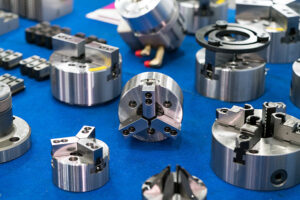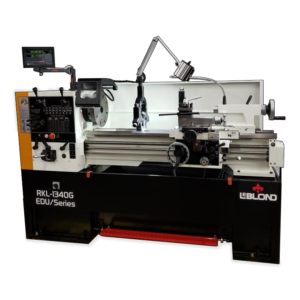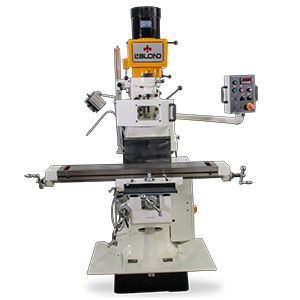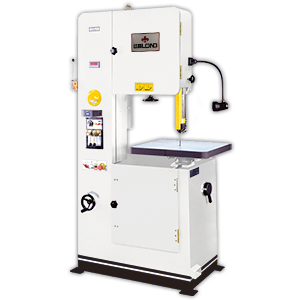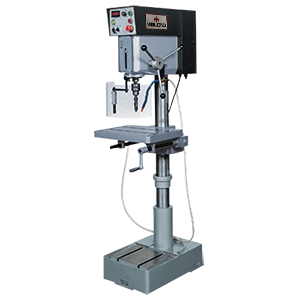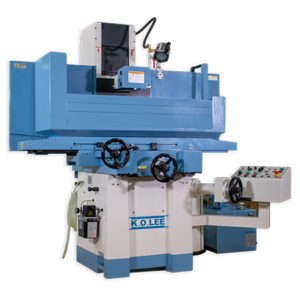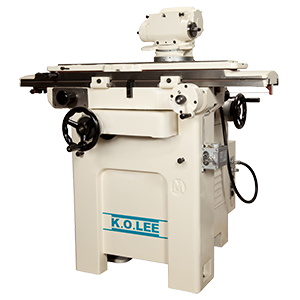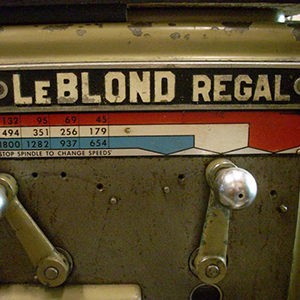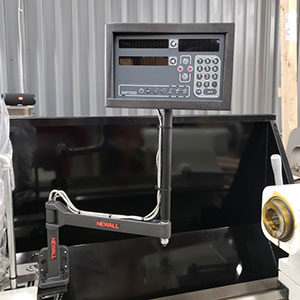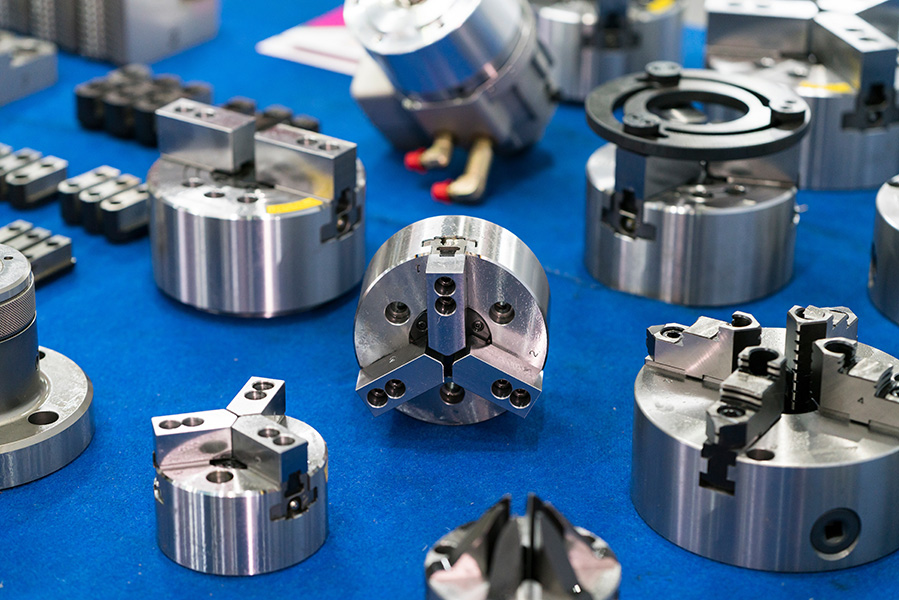Workholdings are Lathe Workhorses
Accuracy and precision are vital for producing parts with high tolerances in advanced lathe machining. Reliable workholding solutions ensure high-quality and repeatable machining results. Here are five reasons to get workholdings right:
1. Improved Precision
Chucks, collets and faceplates provide a stable and secure grip on the workpiece, allowing precise and accurate machining. Proper workholding prevent the workpiece from moving or shifting during machining. This stabilization improves accuracy, tolerances and minimizes poor-quality parts. Three-jaw and four-jaw chucks commonly used in lathe operations provide necessary clamping action, while collet chucks provide a higher degree of concentricity and better gripping capabilities. Steady rests offer essential support when machining long workpieces that exhibit significant flexing or vibrations. Machinists using a steady rest can control deflection and maintain stability during machining, which improves surface finish and dimensional accuracy.
2. Increased Productivity
With a reliable and efficient workholding solution, machinists reduce setup time, downtime, finishing and scrap rates while increasing cutting speeds. Workholdings allow machinists to perform quick changes to mount and secure a workpiece. Collet blocks, for example, provide a versatile means of holding, loading and unloading multiple workpieces simultaneously for batch production.
3. Enhanced Safety
Properly designed and maintained workholding solutions improve safety in the workplace. There is less risk of loose parts causing staff injury or damage to machinery or the surrounding area by securely holding the workpiece. Soft jaws, often made of aluminum or mild steel, allow for customization to match the contour of the workpiece. By machining soft jaws to fit the specific shape of the workpiece, advanced machinists can achieve enhanced gripping, reduce the risk of distortion, and improve concentricity. Additionally, faceplates are valuable tools for holding irregularly shaped or asymmetrical workpieces with complex geometries for increased security and safety.
4. Cost Savings
Minimized downtime due to fewer setups and adjustments reduces labor, material costs and scrap rates in the long run. Diaphragm chucks are ideal for holding thin-walled or delicate workpieces prone to distortion or damage when clamped with traditional chucks. These chucks apply even pressure across the workpiece, minimizing distortion and allowing precise machining of thin-walled parts.
5. Versatility
Securely holding a wide range of workpiece shapes and sizes allows machinists to accept various machining projects and increase their capabilities. Using a mandrel can prevent deflection and ensure accurate threading when performing threading operations on long, slender workpieces. A mandrel provides support at the end of the workpiece, minimizing vibrations and chatter while maintaining concentricity during threading.
Workholdings perform a significant role in the machining process. Careful consideration of the proper workholding is as important as the selection of tooling or lubrication. Consult with your LeBlond representative to determine the best workholding for your project needs.
For cost saving machines, please submit a request through our online form or call (888) 532-5663 and select option 2.
